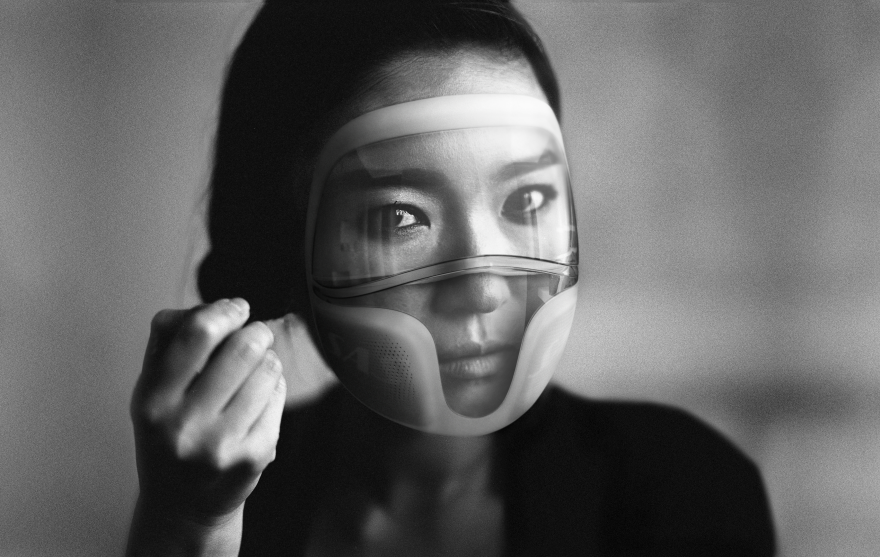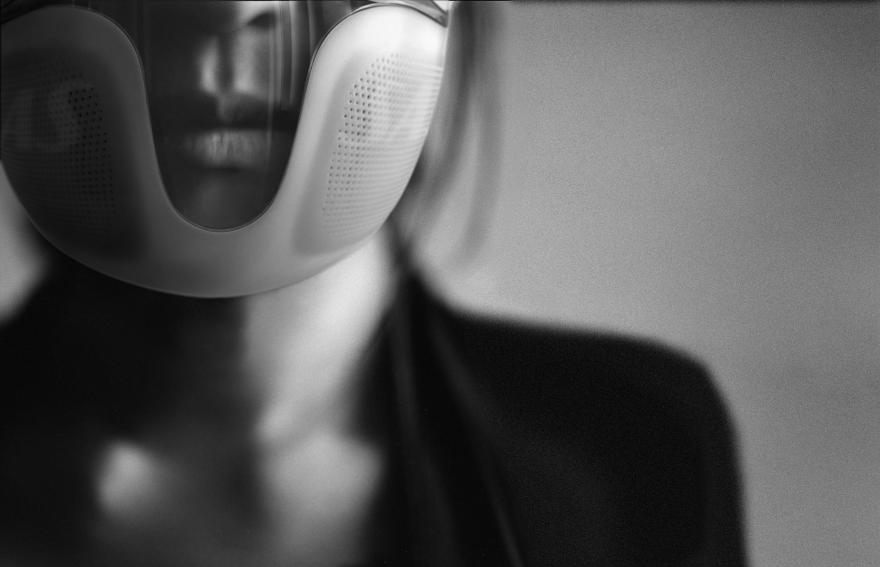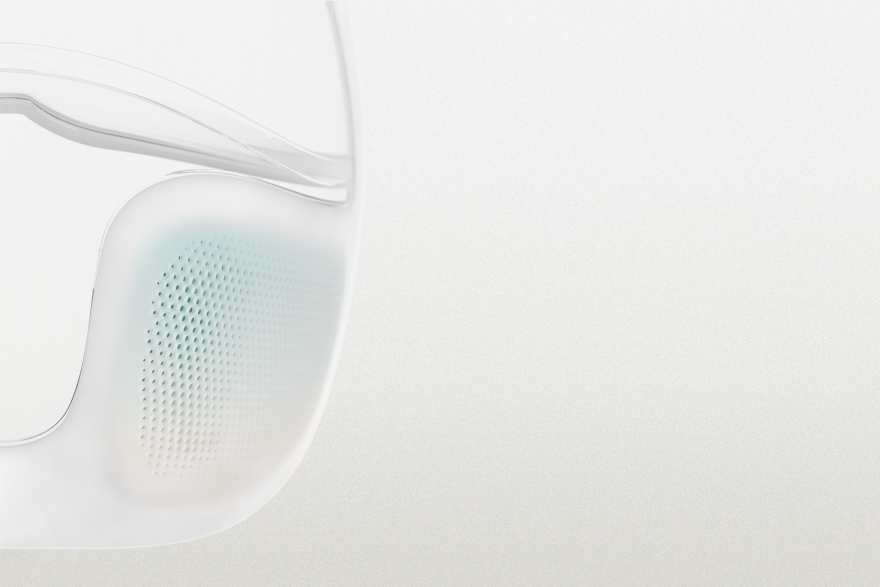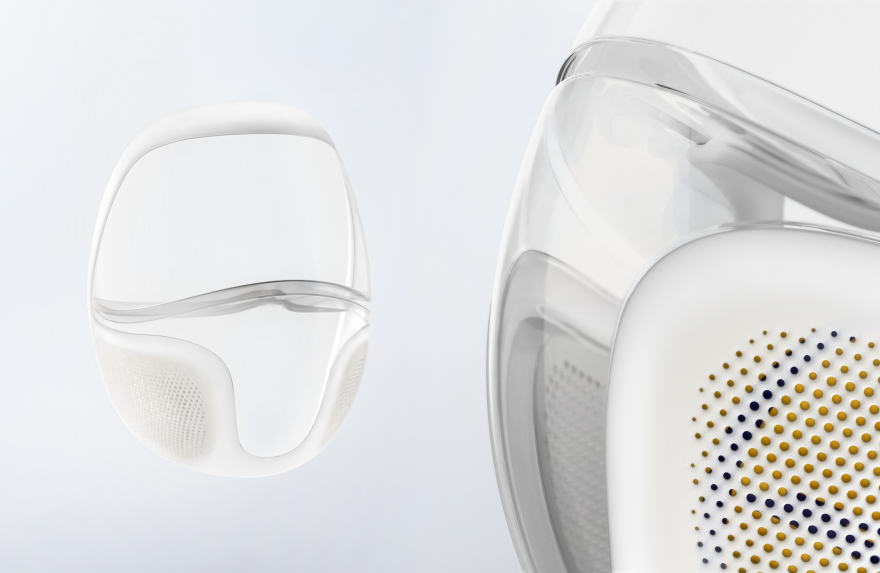Student Notable
Consumer Product Award
Core77 Design Awards 2015
AIRBORNE
A disease is classified as airborne when pathogens are able to be transmitted from one person to another through the air. The ways of transmission can occur through inhaling contaminated aerosols, by close contact or by touching your own face and eyes. The latter being something which has been overlooked in most respirators.
The biggest threats are in the confined and crowded spaces. These places with a higher risk of transmission are those where casual exposure to an infected individual can easily occur, such as when sitting close together in an airplane, waiting room or sharing a taxi.
Project Brief: Delaying the entry of a virus into the population by protecting those who work with a higher risk of exposure and transmission, which is especially important during a pandemic alert phase. How? By using existing materials and technologies the aim is to improve the efficiency and lessen the risks which today’s respirators has. Main focus on the emotional response, leakage, face-touching and communication.




Airborne diseases are spread when droplets containing pathogens, viruses and/or bacteria, are expelled into the air due to coughing, sneezing or talking. These droplets, or aerosols, can remain suspended in the air for quite some time in contained environments. Diseases are also transmitted by close physical contact and by rubbing eyes, mouth and nose after touching contaminated surfaces.
Radically increased mobility among humans, our treatment of animals and climate changes have increased the frequency of epidemics and the probability that a novel or mutated virus can spread rapidly. With the help of WHO and a high level of international collaboration and transparency, more alarms of pandemic alerts will be heard.
By the help of scientific articles and interviews with experts in the field; Surgeons, Infectious Disease Specialist, Infection Control Practitioner and a Health Care Hygiene Specialist lead to an understanding of why today’s respiratory masks are not efficient enough and why we are not relying on physical barriers today. Microorganisms can penetrate through respirator filters, sealing surfaces or other parts of the respirator. A generally neglected possible portal of entry for viruses is the conjunctiva. Wearing disposable and reusable respirators causes difficulties in communicating.
The chosen strategy was to avoid a health threat rather than curing a symptom. The intended target group consists of individuals whom due to their profession are exposed to many others while being in a confined space for extended periods in a day. Such as flight attendants, hospital and clinic staff, receptionists working close to the waiting room, medical outreach services, nurses, cleaning staff, certain groups in the Public sector - e.g. teachers. Fatigue and stress in these groups also affects their immune system’s ability to fight off diseases. They could also be a danger to others, should they become infectious themselves.
In short, a speculative strategy was to have each individual in a staff would be investing in an adequate amount of reusable masks for themselves. The e.g. airline would sponsor or provide its staff with enough filters that they can change them as often as needed. By branding the filters the incentive for the airline would be the publicity they could generate.
The conceptual respirator was developed firstly by sketching and by making rough prototypes for testing. The final concept can be reused for weeks with disposable filters and a full face piece respirator and it prevents the three ways of transmission. The respirator consists of a lightweight plastic visor which is combined with adhesive and stretchy silicone. The soft and gentle adhesive edges makes the respirator more effective and safe than the common disposable ones by completely sealing the edges to the face. Adhesive silicone is reattachable and reusable. This also prohibits casual and easy donning and doffing, which is linked to a higher risk of user error and contracting diseases. This new user scenario instead is in need of a mirror and sink and the donning and doffing therefor encourages a ritual of adequate hygiene of both hands and respirator.
The impact of air travel on the spread of infectious diseases has given rise to considerable concern however limited research. During the early phases of a pandemic, strategies that rely on physical barriers will be more prominent and respiratory protection has been largely overlooked.
a proactive approach with valuable applications